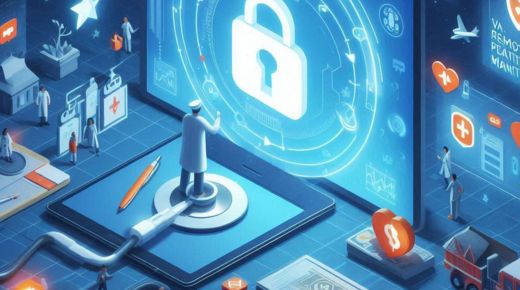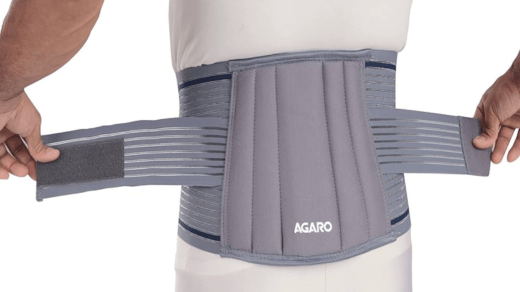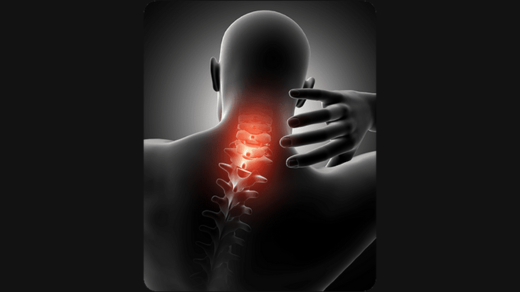The healthcare industry has undergone significant changes over the years, especially with the advancement of technology. One particular area that has seen a major transformation is remote patient monitoring (RPM). RPM allows healthcare providers to monitor patients’ health remotely and provide timely interventions when needed, without the need for them to physically visit a healthcare facility.
In recent years, virtual assistants have emerged as a crucial component in redefining RPM. These are revolutionizing the way patients receive care and how healthcare professionals manage their workload. In this article, we will dive deeper into how remote patient monitoring virtual assistants are transforming remote patient monitoring in 2024 and the potential impact they will have on healthcare in the future.
What is Remote Patient Monitoring?
Remote patient monitoring (RPM) is a method of healthcare delivery that allows patients to use technology to track their health status from the comfort of their homes. This involves using various devices such as blood pressure monitors, glucometers, and ECG machines, among others, to collect and transmit vital patient data to healthcare providers.
This data can then be analyzed by healthcare professionals in real-time, allowing them to identify any changes in patients’ health conditions and provide timely interventions when needed. RPM has proven to be especially beneficial for managing chronic conditions such as diabetes, hypertension, and heart disease.
The Impact of Virtual Assistants on RPM
Virtual assistants are software programs that simulate human conversation. They can perform various tasks such as answering questions, providing information, and even completing transactions.
In the context of healthcare, virtual assistants have a significant impact on how remote patient monitoring is conducted. Here are some ways in which they are redefining RPM:
Improved Patient Engagement
One of the key benefits of virtual assistants is their ability to engage with patients in real-time. This means that patients can interact with these tools at any time and receive immediate responses. In the case of remote patient monitoring, virtual assistants can be programmed to send reminders to patients to take their medication, track their symptoms, and schedule appointments.
This level of engagement helps patients feel more connected to their healthcare providers and empowers them to take an active role in managing their health. It also reduces the burden on healthcare professionals, allowing them to focus on more critical tasks. As virtual assistants become more advanced, they can also provide personalized health recommendations based on patients’ data, leading to improved health outcomes.
Efficient Data Collection and Analysis
Traditionally, remote patient monitoring involved patients manually tracking their vital signs and recording them in a logbook. This process was not only time-consuming but also prone to errors. With the use of virtual assistants, data collection is now automated and accurate.
Virtual assistants can be integrated with various devices used for remote patient monitoring and receive real-time updates of patients’ health status. This eliminates the need for manual data entry and enables healthcare providers to access up-to-date information about their patients at any given time.
Moreover, virtual assistants are capable of analyzing large amounts of data and identifying patterns that may go unnoticed by humans. This can be instrumental in early detection of health issues and preventive care, ultimately leading to better health outcomes for patients.
Cost Savings
Remote patient monitoring has proven to be a cost-effective way of delivering healthcare services, especially for patients with chronic conditions. By reducing the need for frequent hospital visits, it reduces travel costs and other associated expenses.
With virtual assistants now integrated into RPM, these cost savings are further amplified. The use of automated data collection and analysis means that healthcare providers can monitor more patients at a lower cost. Additionally, virtual assistants also reduce the workload on healthcare professionals, allowing them to focus on more critical tasks.
Personalized Care
Virtual assistants have the ability to collect and analyze vast amounts of patient data, making it easier for healthcare providers to provide personalized care. This is especially beneficial in remote patient monitoring as it allows for customized treatment plans tailored specifically for each patient’s needs.
For instance, a virtual assistant can use data collected from a patient’s glucometer and recommend specific dietary changes or remind them to take their medication at a certain time. This personalized approach can result in better health outcomes for patients.
Early Detection of Health Issues
Timely intervention is crucial in managing chronic conditions. With virtual assistants, healthcare providers can receive real-time data from patients and quickly identify any changes in their health condition. This allows for early detection of potential issues, enabling healthcare professionals to intervene before the situation escalates.
For example, if a patient’s blood pressure readings are consistently high, the virtual assistant can alert their healthcare provider, who can then reach out to the patient and adjust their medication accordingly. This proactive approach can prevent serious health complications and reduce hospital admissions.
Timely Interventions
Another significant impact of virtual assistants on RPM is the ability to provide timely interventions. By continuously monitoring patient data, these tools can detect any changes or anomalies and alert healthcare providers immediately. This allows for early detection of potential health issues and prompt intervention, reducing the risk of complications and hospital readmissions.
For instance, if a virtual assistant detects a sudden increase in blood pressure readings, it can notify the healthcare provider who can then reach out to the patient and adjust their treatment plan accordingly. This can prevent serious health complications and ensure that patients receive appropriate care when needed.
Reduced Healthcare Costs
The use of virtual assistants in remote patient monitoring has the potential to significantly reduce healthcare costs. By providing timely interventions and personalized care, these tools can help prevent hospital readmissions and emergency room visits. This not only reduces the financial burden on patients but also frees up resources for healthcare providers.
Moreover, virtual assistants can help streamline administrative tasks, such as scheduling appointments and sending reminders, reducing the workload for healthcare professionals. This allows them to focus more on patient care, ultimately improving the quality of services provided.
Streamlined Workflow for Healthcare Providers
Virtual assistants have the potential to significantly streamline the workflow for healthcare providers, particularly in remote patient monitoring. By automating routine tasks such as data collection and appointment scheduling, these tools free up valuable time for healthcare professionals to focus on more critical tasks.
Virtual assistants can also assist with documentation and record-keeping, reducing the administrative burden on healthcare providers. This not only saves time but also minimizes the risk of human error.
Accessibility and Convenience
With virtual assistants, patients no longer have to physically visit a healthcare facility for routine check-ups or follow-ups. Instead, they can use their smartphone or other devices to communicate with their virtual assistant from the comfort of their homes.
This level of accessibility and convenience is especially beneficial for patients who live in remote or rural areas, as it eliminates the need for them to travel long distances to receive care. It also allows for continuous monitoring and management of their health conditions, leading to improved overall health outcomes.
The Future of Virtual Assistants in Remote Patient Monitoring
It is evident that virtual assistants are redefining remote patient monitoring and have the potential to revolutionize healthcare delivery in the future. As technology continues to advance, we can expect even more advanced and sophisticated virtual assistants that can perform a wide range of tasks and provide personalized care like never before.
Conclusion
In conclusion, DocVA virtual assistants are transforming how remote patient monitoring is conducted, bringing numerous benefits for both patients and healthcare providers. With their ability to engage patients, provide personalized care, and streamline workflows, virtual assistants are poised to play a significant role in the future of healthcare. As we move towards an increasingly digital world, it is essential for healthcare systems to embrace these technological advancements and harness their full potential in delivering patient-centered care. So, we can safely say that virtual assistants are here to stay and will continue to shape the future of remote patient monitoring. So, healthcare providers should be prepared to embrace this technology and incorporate it into their practices for better patient outcomes. With the help of virtual assistants, remote patient monitoring is becoming more efficient, convenient, and personalized, ultimately leading to improved health outcomes for patients. The possibilities are endless with virtual assistants in RPM, and we can expect to see even more advancements in this field in the years to come. Let’s embrace this technology and continue to revolutionize healthcare delivery for the benefit of all patients.





